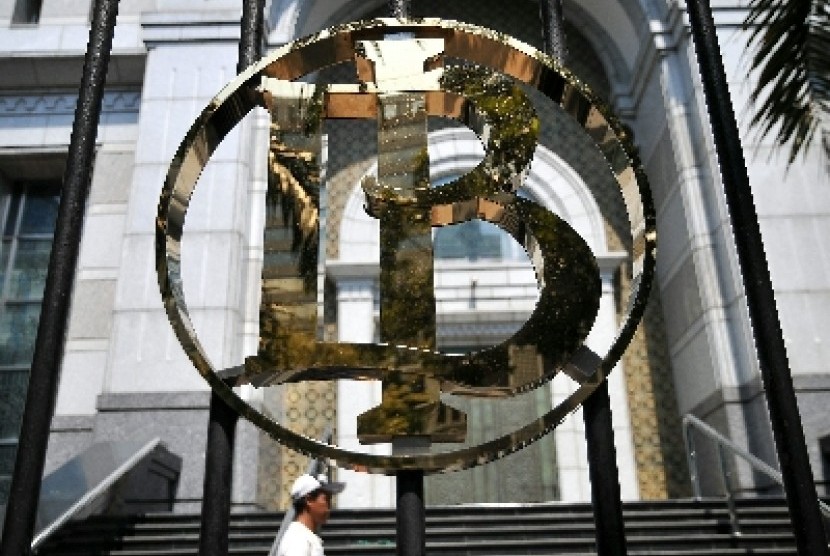REPUBLIKA.CO.ID, JAKARTA -- Bank Indonesia Governor Agus Martowardojo estimated that the country's current account deficit (CAD) was US$5 billion or less than 2.3 percent of the country's Gross Domestic Product (GDP) in the second quarter of this year.
The deficit narrowed from 4.2 percent in the same period in 2014 and 4.4 percent in 2013.
The narrowing deficit indicated that the process of the country's economic reform was progressing, he said.
"This shows that the economy and transition is running as expected despite the pressure on rupiah, which is more on external factor," Agus said here on Friday.
He said surpluses in foreign trade in the past two successive months contributed to the decline in the current account deficit.
Based on data from the Central Bureau of Statistics (BPS) the country's foreign trade in June 2015 left a surplus of US$477 million though declining from surplus of US$950 million in previous month.
Agus, however, noted the current account deficit in the seconds quarter of this year widened from 1.8 percent in the first quarter on financial transactions including increase in the use of foreign exchange in the second quarter.
He said brisker economic activities in the second quarter were seen as a annual pattern.
The performance in the financial account was also positive. he said adding foreign capital inflow in the first six months of the year totaled Rp67 trillion indicating high confidence in the country's economy.
He said there was capital outflow but was much smaller.
He said the capital inflows are expected to be stronger in the second half of the year, in line with the reform policy by the government such as acceleration of implementation of budget program and expansion of sectors with tax holiday incentive.
It was panned that tax holiday would be given to sectors that would contributed to development in the downstream sector and projects generating added value, he said.
The central bank predicted that the country's current account deficit could be pressed to below 2.5 percent of the GDP.


